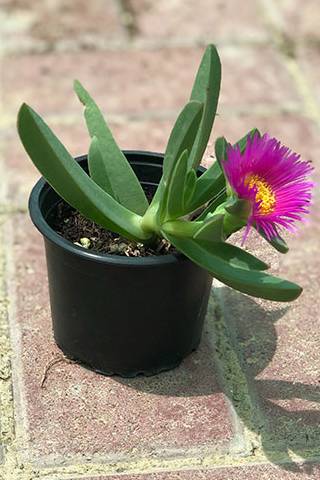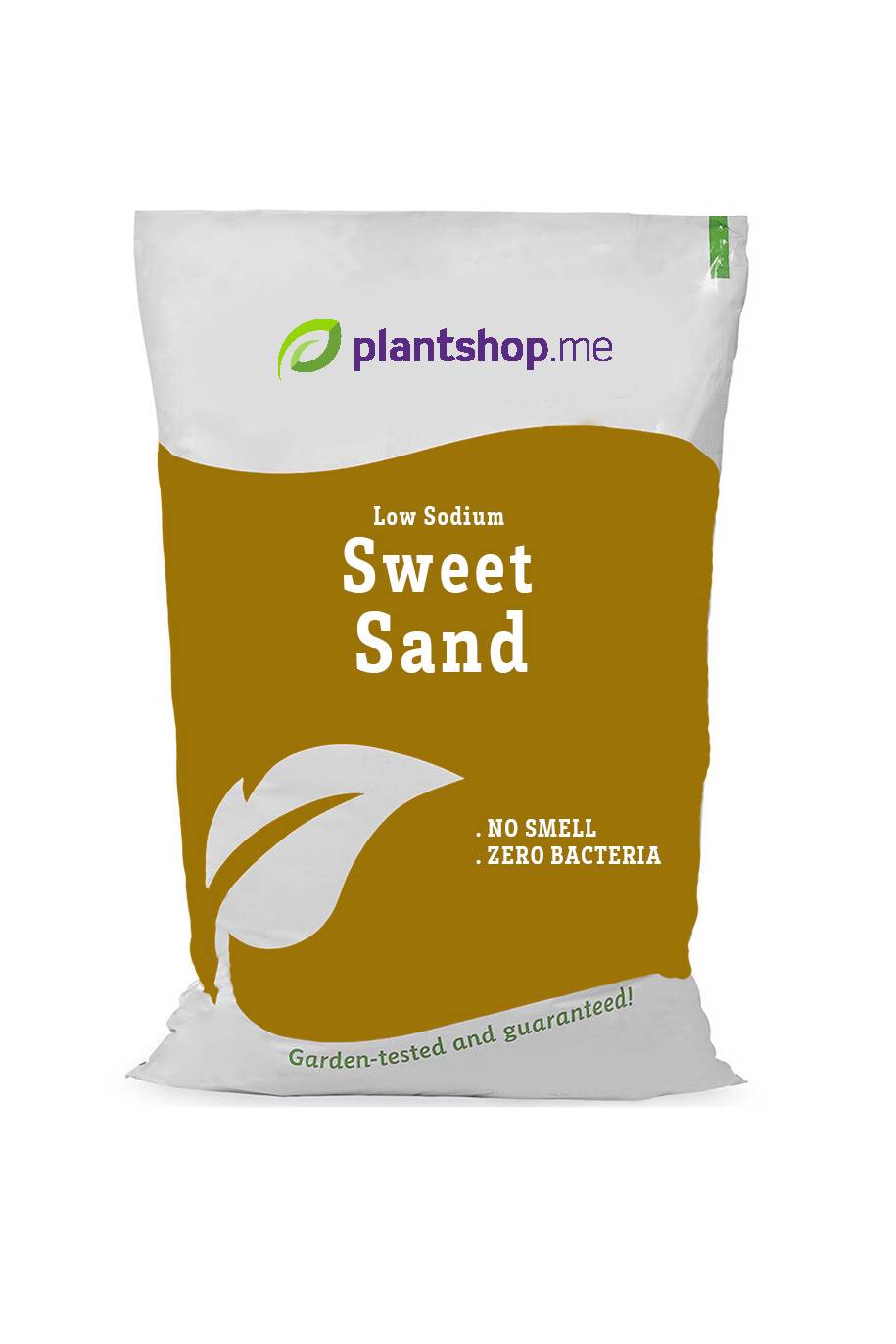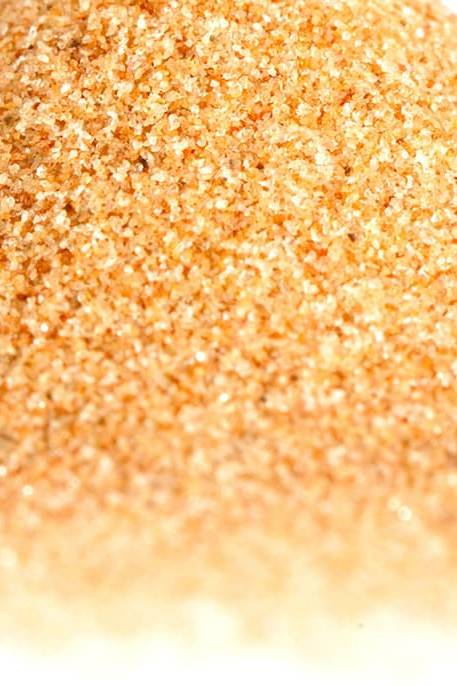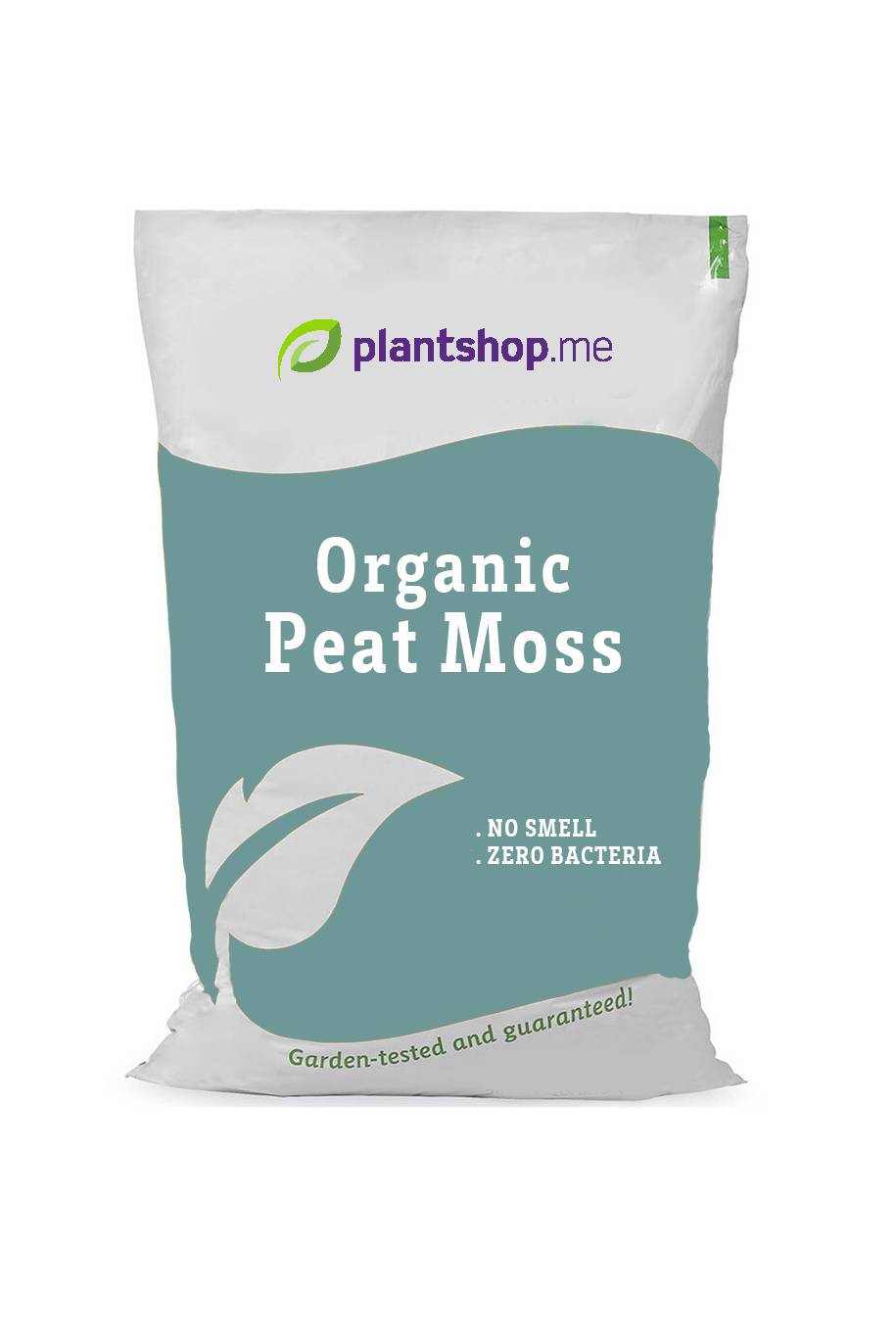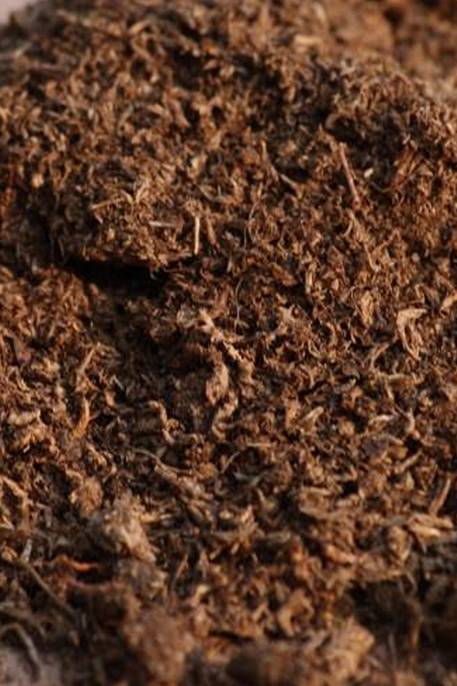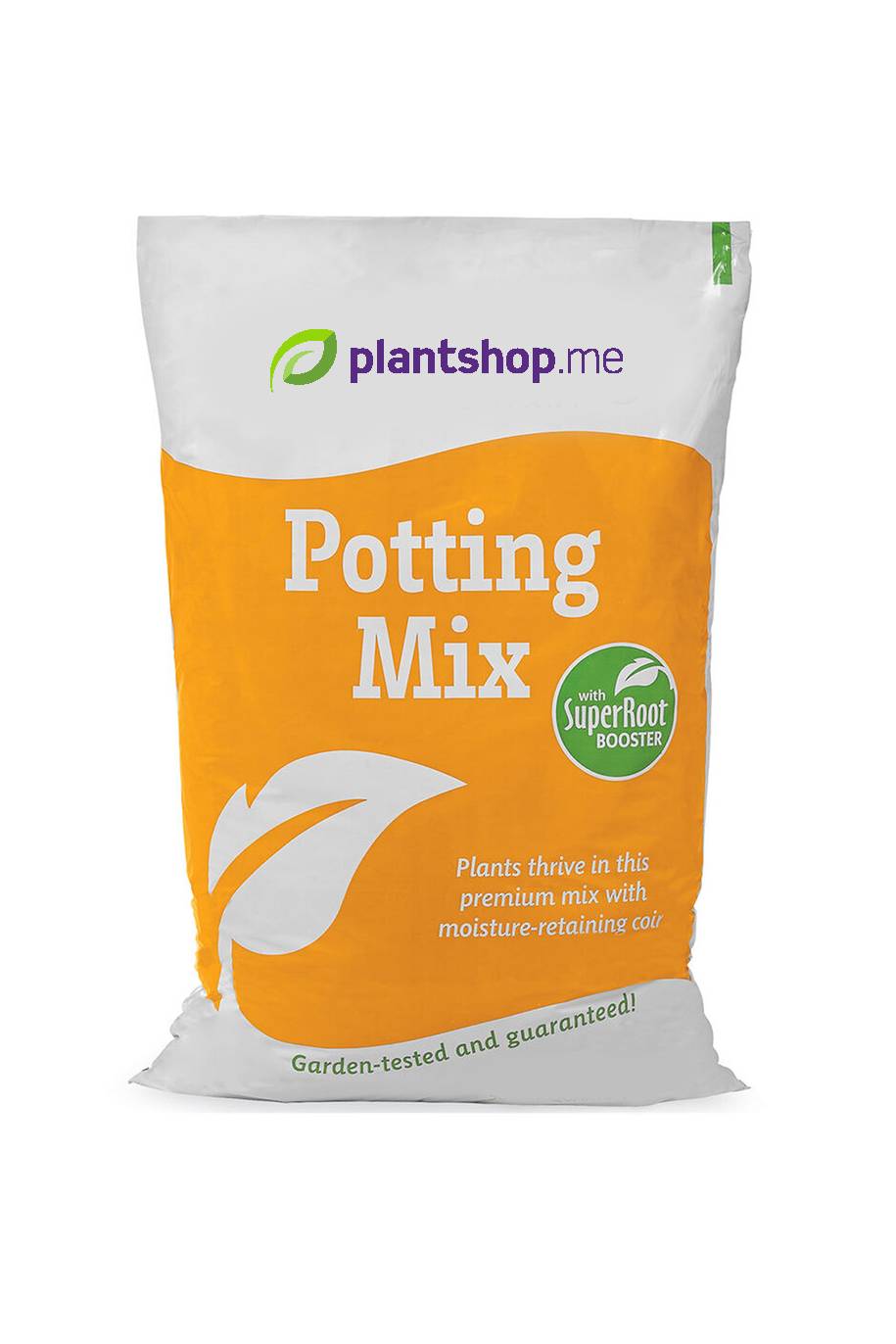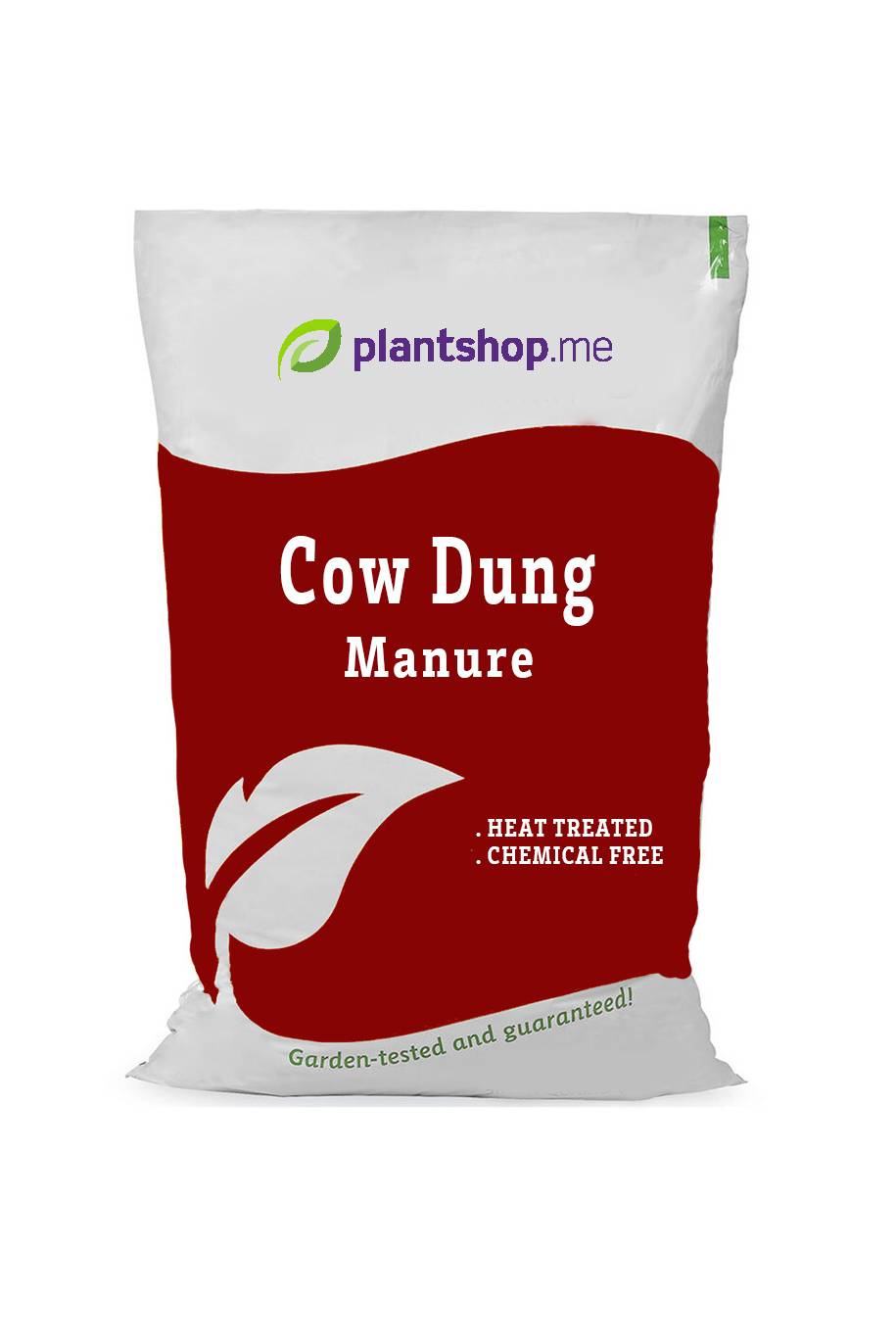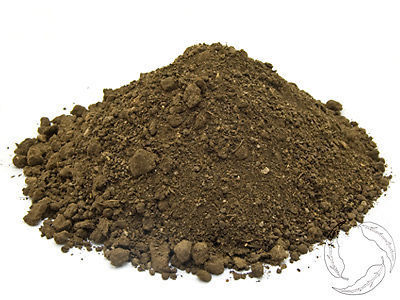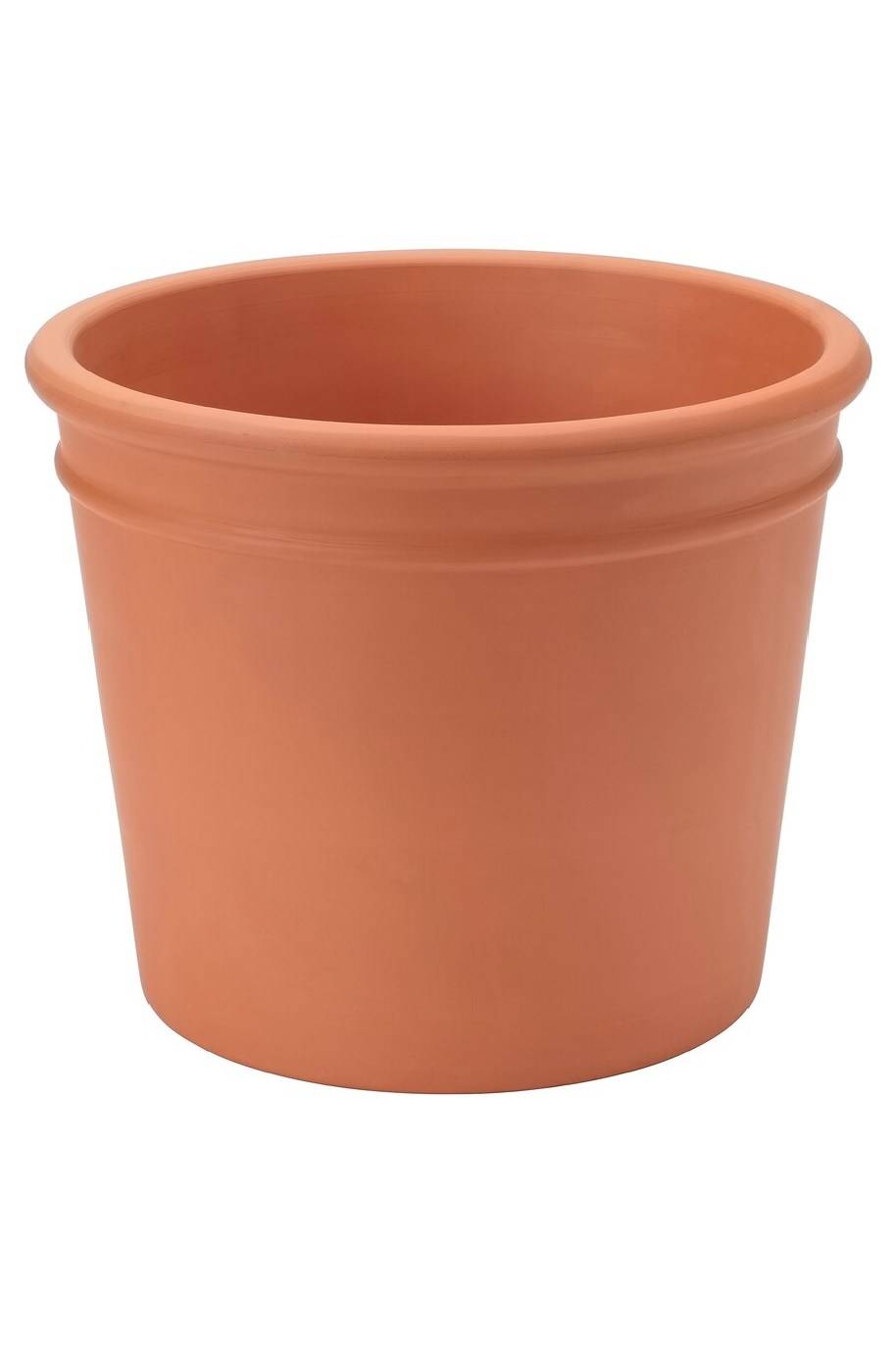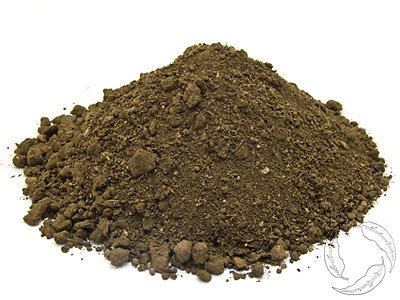Plant Bio
Carpobrotus edulis, commonly known as the Hottentot Fig, Ice Plant, or Sour Fig, is a succulent plant native to coastal areas of South Africa. It belongs to the Aizoaceae family and is widely cultivated in various regions around the world for its ornamental value, erosion control capabilities, and edible fruit. Here's a description of Carpobrotus edulis:
Leaves: The leaves of Carpobrotus edulis are thick, succulent, and triangular to cylindrical in shape. They are arranged in opposite pairs along trailing stems and are often bluish-green or grayish-green in color. The leaves have a waxy coating that helps reduce water loss and protect them from salt spray.
Flowers: Carpobrotus edulis produces large, showy flowers that are solitary and daisy-like in appearance. The flowers have numerous petals in shades of pink, magenta, purple, or yellow, with a central disk of yellow stamens. They bloom in abundance during the summer months and are attractive to pollinators such as bees and butterflies.
Fruit: The fruit of Carpobrotus edulis is a fleshy, egg-shaped berry known as a fig. The fruit ranges in color from yellow to orange-red when ripe and contains numerous small seeds embedded in the pulp. It has a sweet-tart flavor and is edible, although the taste can vary depending on the plant's growing conditions.
Growth Habit: Carpobrotus edulis is a prostrate or creeping succulent that forms dense mats or carpets of vegetation. It spreads rapidly via trailing stems that root at the nodes, allowing it to colonize sandy or rocky coastal habitats and stabilize soil in erosion-prone areas.
Care Guide for Carpobrotus Edulis:
Sunlight:
Plant Carpobrotus edulis in a location that receives full sun to partial shade. It thrives in bright, direct sunlight and is well-suited to coastal environments with exposure to salt spray and strong winds.
Temperature:
Carpobrotus edulis is tolerant of a wide range of temperatures and can withstand both heat and cold extremes. It prefers mild to warm climates but can tolerate occasional frosts and freezes.
Soil:
Provide well-draining, sandy soil with a neutral to slightly acidic pH (pH 6.0 to 7.0). Carpobrotus edulis is adapted to coastal soils but can also grow in other well-drained soil types, including loamy or rocky substrates.
Watering:
Water Carpobrotus edulis sparingly, as it is drought-tolerant once established. Allow the soil to dry out between waterings, and avoid overwatering, as it can cause root rot and other problems. Provide supplemental irrigation during prolonged dry spells or periods of extreme heat.
Fertilization:
Carpobrotus edulis generally does not require fertilization, as it is adapted to nutrient-poor coastal soils. However, you can apply a balanced, slow-release fertilizer sparingly in spring to promote healthy growth and flowering.
Pruning:
Prune Carpobrotus edulis as needed to control its growth and shape, remove dead or diseased stems, and encourage bushier growth. Trim back overgrown or leggy stems to maintain a tidy appearance and prevent overcrowding.
Mulching:
Apply a thin layer of organic mulch, such as gravel or crushed shells, around Carpobrotus edulis to conserve moisture, suppress weed growth, and protect the soil surface from erosion. Avoid using organic mulches that retain moisture, as they can promote rot and fungal diseases.
Propagation:
Propagate Carpobrotus edulis from stem cuttings or division. Take stem cuttings in spring or summer, allow them to callus for a few days, and then plant them in well-draining soil. Division can be done by separating rooted sections of the plant and replanting them in new locations.
Salt Tolerance:
Carpobrotus edulis is highly tolerant of salt spray and saline soil conditions, making it an excellent choice for coastal gardens, beachfront landscapes, and erosion control projects. It can withstand exposure to sea breezes and occasional flooding with brackish water.
Pest and Disease Control:
Carpobrotus edulis is relatively resistant to pests and diseases, but occasional issues with aphids, scale insects, or fungal infections may occur. Monitor the plants regularly and treat any problems promptly with appropriate insecticides or fungicides.
With its vibrant flowers, succulent foliage, and coastal adaptation, Carpobrotus edulis is a valuable addition to gardens, landscapes, and restoration projects in coastal regions. It provides erosion control, habitat for wildlife, and ornamental interest while requiring minimal maintenance and care. Adjust care practices based on your specific growing conditions and the needs of the plant.





